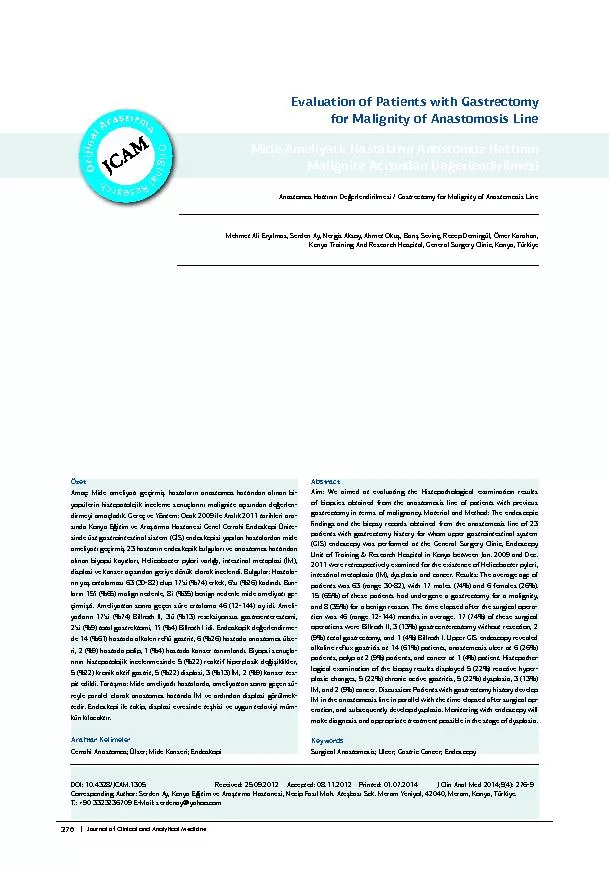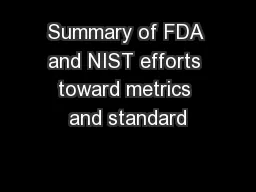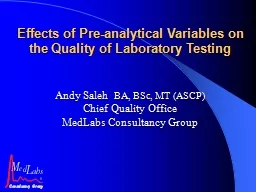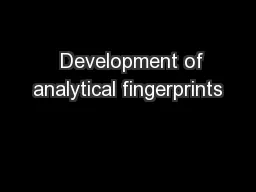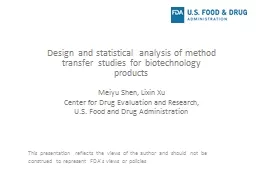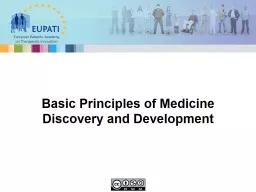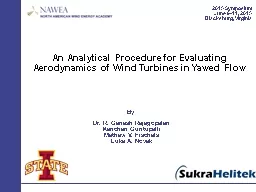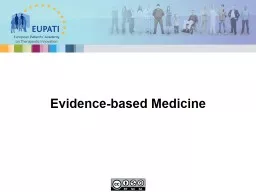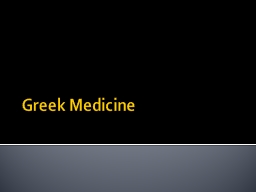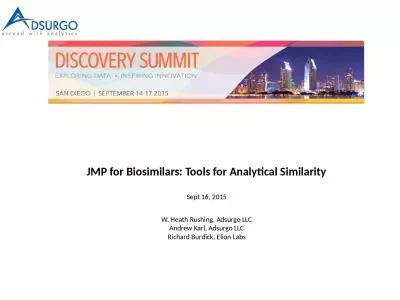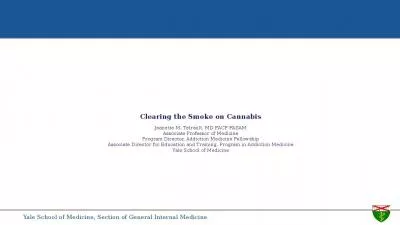PDF-Journal of Clinical and Analytical Medicine |
Author : faustina-dinatale | Published Date : 2016-06-24
1 Mehmet Ali Eryx0131lmaz Serden Ay Nergiz Aksoy Ahmet Okux015F Barx0131x015F Sevin
Presentation Embed Code
Download Presentation
Download Presentation The PPT/PDF document "Journal of Clinical and Analytical Medic..." is the property of its rightful owner. Permission is granted to download and print the materials on this website for personal, non-commercial use only, and to display it on your personal computer provided you do not modify the materials and that you retain all copyright notices contained in the materials. By downloading content from our website, you accept the terms of this agreement.
Journal of Clinical and Analytical Medicine |: Transcript
Download Rules Of Document
"Journal of Clinical and Analytical Medicine |"The content belongs to its owner. You may download and print it for personal use, without modification, and keep all copyright notices. By downloading, you agree to these terms.
Related Documents

